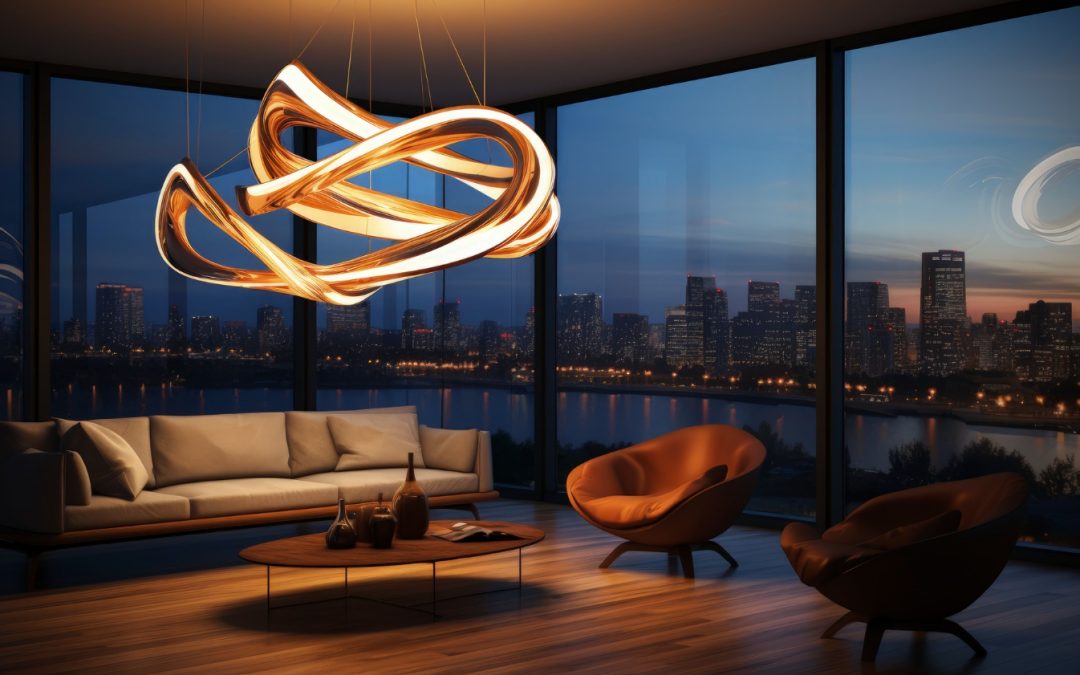Lighting can transform a space, creating ambiance, enhancing decor, and even improving your mood. But how do you get it right? Let’s dive into the world of interior design lighting and discover how to light up your life effectively.
Lighting is more than just a necessity; it’s a key element in interior design that can dramatically alter the look and feel of your home. Imagine your favorite cozy nook bathed in the soft glow of a well-placed lamp or the vibrant energy of a kitchen illuminated with bright, clean light. The right lighting makes all the difference.
2. The Importance of Interior Design Lighting
Why is interior design lighting so crucial? Good lighting enhances the aesthetics of a room, making it more inviting and comfortable. It highlights architectural features, improves functionality, and can even affect your mood and productivity. Think of lighting as the jewelry of your home’s decor.
3. Types of Lighting
Understanding the different types of lighting is the first step toward creating a well-lit space. There are three main types:
- Ambient Lighting: General lighting that provides overall illumination.
- Task Lighting: Focused lighting for specific tasks like reading or cooking.
- Accent Lighting: Decorative lighting that highlights features and creates focal points.
4. Layering Your Lighting
Just like an outfit can benefit from layers, so can your lighting. Layering involves using different types of lighting together to create a balanced, versatile environment. Start with ambient lighting, add task lighting where needed, and finish with accent lighting to add depth and interest.
5. Choosing the Right Bulbs
Not all light bulbs are created equal. Choosing the right one can significantly affect your space. Consider the following factors:
- Brightness: Measured in lumens; more lumens mean brighter light.
- Energy Efficiency: LED bulbs are more energy-efficient and last longer.
- Bulb Type: Options include incandescent, halogen, fluorescent, and LED.
6. Understanding Color Temperature
Color temperature, measured in Kelvins (K), describes the warmth or coolness of light. Lower temperatures (2700K-3000K) emit a warm, cozy light, ideal for living rooms and bedrooms. Higher temperatures (4000K-5000K) provide a cool, bright light, suitable for kitchens and workspaces.
7. Lighting for Different Rooms
Different rooms require different lighting solutions:
- Living Room: Mix ambient and accent lighting to create a warm, inviting space.
- Kitchen: Use bright, task-oriented lighting to ensure functionality.
- Bedroom: Opt for softer, warmer lighting to promote relaxation.
- Bathroom: Bright, even lighting is essential for grooming tasks.
8. Accent Lighting
Accent lighting is the spice of your lighting scheme. It draws attention to artwork, architectural details, or other focal points in a room. Use track lights, wall-mounted fixtures, or spotlights to achieve this effect.
9. Task Lighting
Task lighting provides focused light where you need it most. Think desk lamps, under-cabinet kitchen lights, and reading lamps. It’s all about enhancing functionality without compromising style.
10. Ambient Lighting
Ambient lighting is the foundation of your lighting plan, providing overall illumination. Ceiling fixtures, chandeliers, and recessed lights are common sources. Aim for a soft, uniform glow that fills the space without being harsh.
11. Dimmers and Controls
Dimmers and smart controls give you flexibility and control over your lighting. They allow you to adjust the brightness to suit different activities and moods, adding another layer of customization to your interior design.
12. Lighting Mistakes to Avoid
Avoid common lighting mistakes to ensure your space looks its best:
- Overlooking Layers: Don’t rely on a single light source.
- Ignoring Natural Light: Complement natural light with artificial lighting.
- Wrong Bulb Choice: Ensure you choose the right brightness and color temperature.
13. Energy-Efficient Lighting
Energy-efficient lighting is not only good for the environment but also for your wallet. LED bulbs use less energy and have a longer lifespan compared to traditional bulbs. Consider motion sensors and timers to further reduce energy consumption.
14. Conclusion
Lighting plays a vital role in interior design, affecting both aesthetics and functionality. By understanding the types of lighting, layering techniques, and the importance of choosing the right bulbs and color temperatures, you can transform any space into a beautifully lit haven.
D&B Interiors, with their expertise and innovative approach to design, stands ready to guide homeowners through this process. Contact D&B Interiors today and start your transformation journey!

